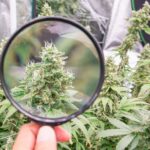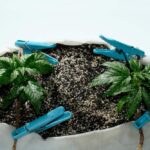The Best Fluffy Pancakes recipe you will fall in love with. Full of tips and tricks to help you make the best pancakes.
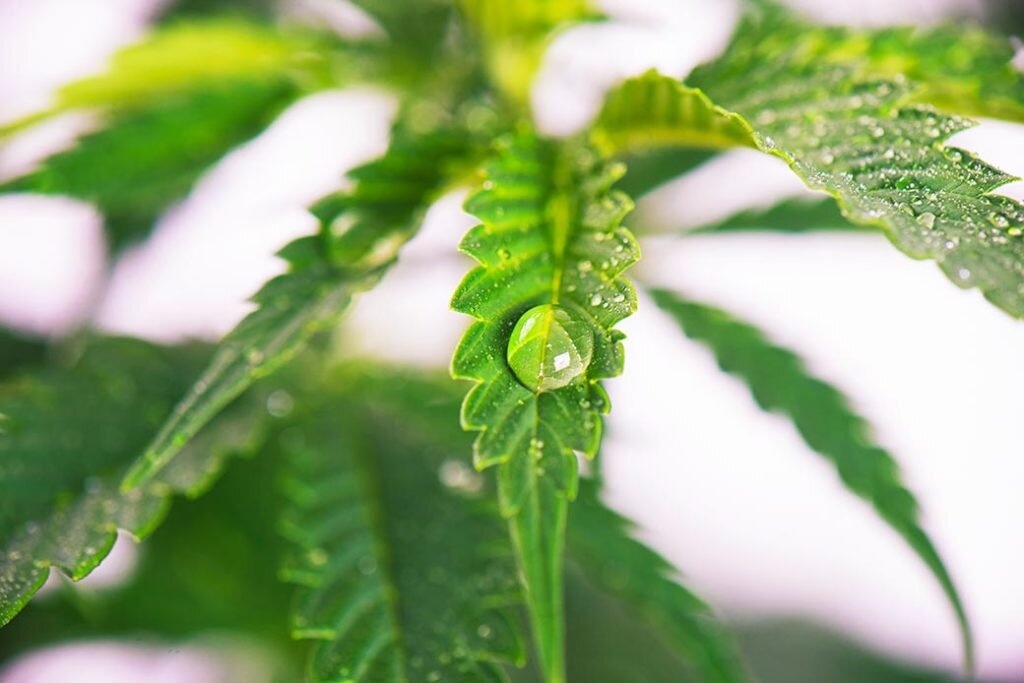
What is VPD and How Does It Affect Autoflowers?
Growing autoflowers isn’t just about tossing a seed in soil and hoping for fat, sticky buds. It’s about environmental precision. One factor that’s often overlooked by beginners but is absolutely non-negotiable for top-shelf results is VPD—Vapor Pressure Deficit. This is more than a fancy acronym. VPD directly influences how your autoflowers breathe, drink, and ultimately yield.
If you’ve ever seen lush, healthy plants grow under seemingly “perfect” temps and humidity but still suffer from weak uptake, tip burn, or powdery mildew—you’re probably ignoring VPD. This article will break down what VPD is, why it matters, how to dial it in for each growth stage of autoflowers, and how to use it to supercharge your yields. I’ll teach you how I do it as a grower who’s obsessed with dialing in every parameter for autoflower performance.
Understanding Vapor Pressure Deficit (VPD) in Cannabis Cultivation
What VPD actually means — the deficit between saturation vapor pressure and actual vapor pressure
VPD is the difference between how much water vapor the air could hold when it’s fully saturated and how much it’s actually holding right now. Imagine air like a sponge—it can only hold so much water. The higher the temperature, the more it can soak up.
VPD is a pressure gap. A big gap (high VPD) means dry air pulls more moisture from the plant’s stomata—those tiny pores on the leaves. A small gap (low VPD) means moisture hangs around the leaf surface, and transpiration slows down.
This is a balancing act. You want that sweet spot where your autoflowers are transpiring efficiently without being stressed or too dry. I check leaf temp and ambient temp constantly, because this gap is what really controls how your plant breathes and drinks—not just RH%.
Why VPD matters more than just temperature or humidity — its impact on transpiration and stomatal function
Temperature and humidity are easy to measure, but they don’t tell the full story. VPD ties them together to give you insight into what your plant is actually feeling.
When VPD is on point:
- Stomata open fully
- Water and nutrient uptake is consistent
- CO₂ exchange is efficient
- Photosynthesis runs at full throttle
If VPD is too low (humid and cool), stomata stay shut. Your plant suffocates slowly. Too high (hot and dry), and your plant transpires like crazy, risking wilting, calcium deficiencies, and salt buildup.
I’ve seen growers chasing humidity percentages without considering VPD—and they end up with slow growth, floppy leaves, and poor bud density. Dial in VPD, and the difference is night and day.
VPD Across Growth Stages — From Seedlings to Flower in Autoflowers
Ideal VPD ranges for autoflower seedlings and young plants (e.g., 0.4–0.8 kPa)
In the seedling stage, your autoflowers are vulnerable. The root zone is still forming, and the plant is absorbing a lot of moisture through the leaves. This means you need a low VPD—somewhere in the 0.4 to 0.8 kPa range.
Why? Because lower VPD means less pressure pulling water from the leaves. It keeps the plant hydrated and relaxed. If you stress a seedling with high VPD, you’ll stunt it before it even gets started. That’s a one-way ticket to popcorn buds and underdeveloped side branches.
I use a dome or mist to maintain humidity close to 70% with leaf temps around 23°C. That keeps the VPD in the lower range and lets the little ones focus on root development and leaf expansion without stress.
Optimal VPD during vegetative/autoflower bloom transition (0.8–1.2 kPa)
Once your autoflower hits the veg-to-flower transition (which often happens in weeks 2–4), it starts ramping up photosynthesis and CO₂ uptake. Now it’s time to raise the VPD slightly—target around 0.9 to 1.2 kPa.
This range encourages your plant to drink more, eat more, and grow faster. Transpiration is key here. You don’t want leaves staying wet for too long, and you definitely want your stomata wide open during lights-on.
I usually reduce RH to around 55% and run leaf temps at about 24–26°C. This creates the right vapor pressure pull without drying out the canopy. You’ll see tight node spacing, vigorous growth, and early trichome development.
Late flowering VPD targets to maximise potency and reduce mould risk (1.2–1.6 kPa)
Late flower is all about quality control. As buds fatten, humidity becomes your enemy. Too much moisture invites bud rot, mildew, and other horrors that ruin months of work.
This is where I push VPD into the 1.3 to 1.6 kPa zone. That means lower RH (around 40–45%) and slightly warmer air temps to keep moisture moving. You’ll still want to check leaf temps and avoid stressing the plant, but keeping VPD high here helps protect your flowers and boost resin production.
I’ve noticed tighter buds and more intense terpenes when I manage late-stage VPD aggressively. You don’t want soggy colas—you want dry air pulling just enough to make the plant sweat a little without collapsing.
How VPD Impacts Autoflower Health and Yield
Effects on nutrient uptake — balancing transpiration to prevent deficiencies
Your autoflower takes up most nutrients through water—so no transpiration, no food. If VPD is too low, the plant slows its water uptake, and nutrient movement through the xylem grinds to a halt.
That’s when you get classic signs like:
- Yellowing from nitrogen lockout
- Calcium deficiency (even though you’re feeding CalMag)
- Salt buildup and pH swings
Balanced VPD keeps water flowing from the roots to the leaves. That steady flow delivers nutrients and removes waste like a highway. I’ve fixed “nute issues” simply by adjusting my humidity and leaf temps.
Influence on stomatal behavior and CO₂ exchange rates
Stomata are the gatekeepers. They control how much CO₂ your plant absorbs—which is what drives photosynthesis. And guess what opens or closes stomata? VPD.
When VPD is dialed in:
- Stomata stay open
- Your plant pulls in more CO₂
- Growth is faster and more consistent
Too low, stomata shut. Your plant suffocates. Too high, and they close to prevent water loss. I use an infrared thermometer to measure leaf temps and keep CO₂ levels elevated during veg to take full advantage of stomatal activity.
Risks of too low/high VPD — powdery mildew, bud rot, dehydration and heat stress
Ignoring VPD means rolling the dice. Here’s what can go wrong:
Low VPD (Too humid):
- Powdery mildew
- Bud rot
- Weak uptake
- Bloated, soft buds
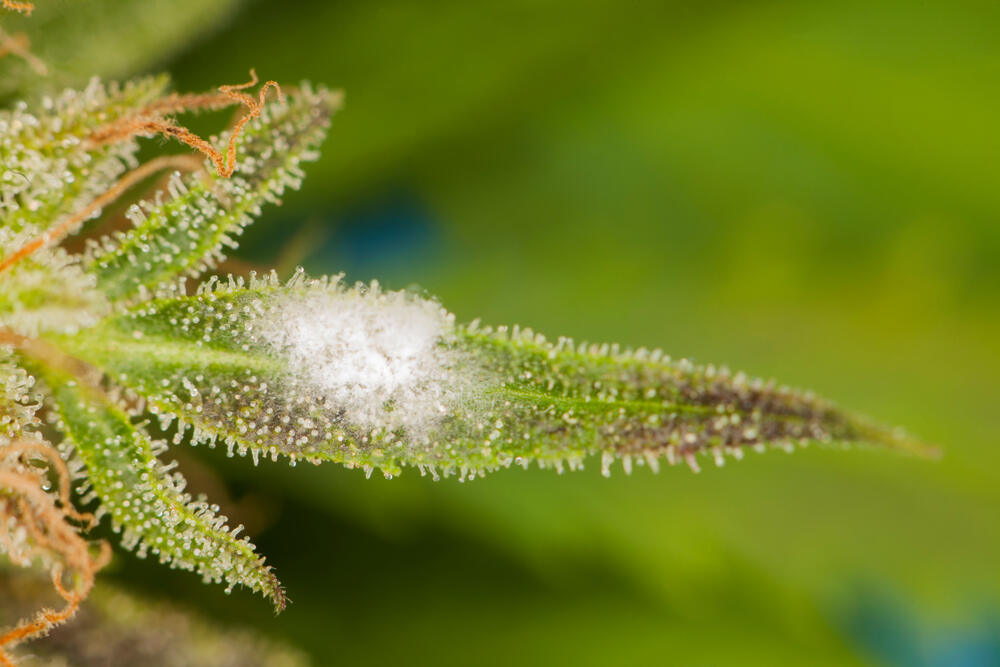
High VPD (Too dry):
- Leaf curl and burn
- Wilting
- Nutrient toxicity
- Reduced resin production
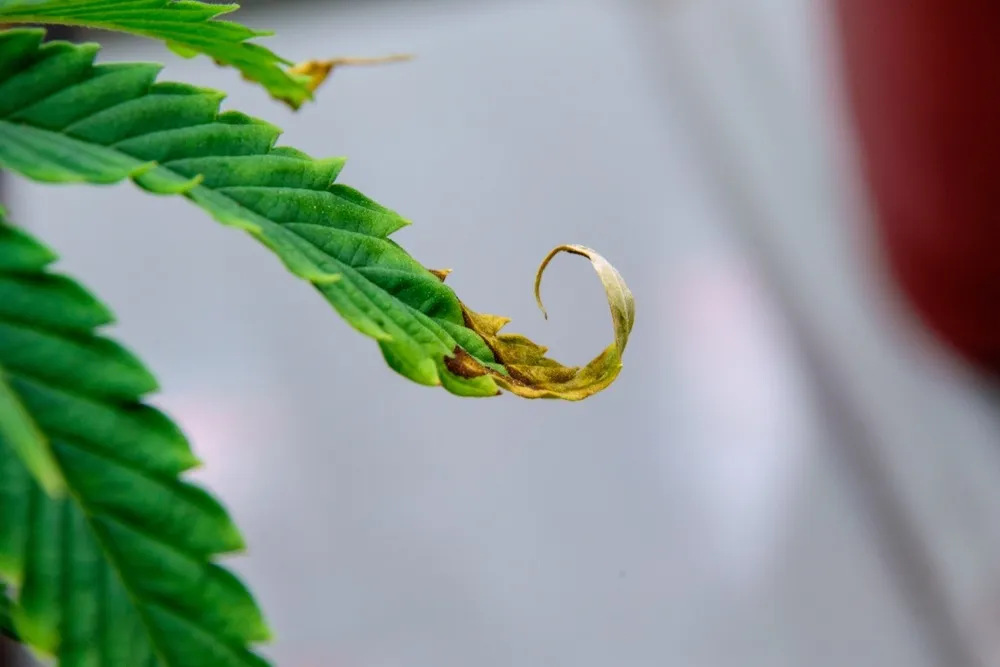
Managing VPD protects you from these extremes. Your goal is not “perfect” numbers all the time—but adaptive control based on your plant’s stage and health.
Measuring and Adjusting VPD in Autoflower Setups
Calculating VPD manually — temperature, humidity, SVP, and conversion formulas
VPD is a formula:
VPD = (SVP – AVP)
Where:
- SVP = Saturation vapor pressure at leaf temperature
- AVP = Actual vapor pressure based on RH
You can find charts online, or just use a VPD calculator. Plug in leaf temp and ambient RH, and it spits out your VPD in kPa. I always use leaf temp—not just air temp—because that’s what the plant experiences.
Tools and gadgets — VPD meters, hygrometers, IR guns to read leaf vs air temp
Here’s what I keep in my grow room:
- Digital hygrometers in canopy zone
- Infrared thermometer gun (for leaf temps)
- Smart VPD meters (integrated with my controller)
- Temp/RH sensors at multiple levels
Don’t cheap out here. A $25 IR gun can save you hundreds in lost yields. And remember—your leaf temp might be 2–3°C cooler than air temp under LED lights. That difference is what determines your VPD.
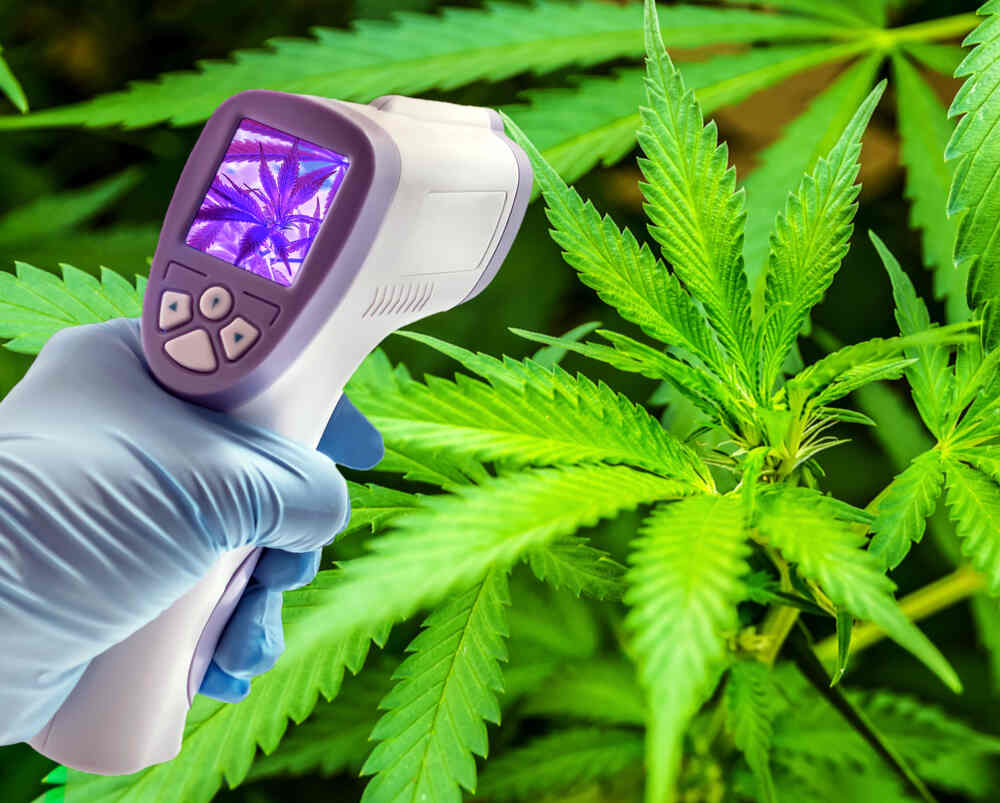
Step‑by‑step: raising VPD (heat, dehumidifiers) and lowering VPD (humidifiers, cooling)
Want to raise VPD?
- Increase temp (within safe range)
- Decrease humidity with a dehumidifier
- Improve airflow
Want to lower VPD?
- Add a humidifier
- Lower temps slightly
- Reduce extraction rates temporarily
Make small adjustments and re-measure. Autoflowers are sensitive to stress and don’t have time to recover—so be gentle.
Autoflower-Specific VPD Strategies and Troubleshooting
Why autoflowers respond differently — faster lifecycle demands tighter VPD control
Autoflowers don’t waste time. They flip into flower fast, often within 3 weeks. That means you don’t get the luxury of recovery windows like with photoperiods.
Any VPD mistakes made during early growth have a ripple effect. Poor transpiration in week 1 can mean stunted growth in week 2—and you can’t veg longer to fix it. That’s why I stay on top of VPD from seed to harvest, especially in those critical first 10–14 days.
Using autoflower‑specific VPD charts — adapting to short vegetative phase
Most VPD charts you find are made for photoperiods. I use autoflower-specific charts that compress the growth timeline and adjust VPD targets accordingly.
During that short veg burst, your plant is growing rapidly and needs efficient gas exchange. That’s the window where VPD matters most—maximize it, and your yields shoot up.
Common mistakes: over‑ventilation, ignoring leaf‑air temperature differential
I see it all the time—growers blasting exhaust fans and evaporative cooling thinking more airflow = better. But overdoing it drops humidity too low, spikes VPD, and stresses your plants.
Also, if you ignore the leaf-air temp gap, your VPD numbers are off. Always measure leaf temp directly. That’s the only way to know if your plant’s microclimate is truly dialed in.
Best Practices for Optimising VPD to Maximise Autoflower Yields
Seasonal adjustments — managing VPD across varying ambient conditions
Growing in summer? Humidity might be too high. Winter? Air is dry as a bone. You’ll need to adapt your VPD strategy based on season.
I run a sealed tent and use automation to regulate RH and temp regardless of outdoor swings. If you grow in a garage or attic, be prepared to run heaters, humidifiers, or dehus depending on your environment.
Integrating VPD control into overall environmental management (lighting, CO₂, airflow)
VPD doesn’t work in isolation. It interacts with:
- Lighting: More PAR = higher transpiration
- CO₂: Higher levels demand open stomata
- Airflow: Moves moisture and heat across leaves
I treat VPD as part of a full environmental package. Get everything synced—light intensity, CO₂ ppm, and VPD—and your plants will reward you.
Monitoring and tweaking in real‑time — logging data, using charts and tech tools
Tech makes this easy now. I use an app that logs temp/RH/VPD every 5 minutes. I check graphs daily, especially during stretch and late flower.
If I see RH creep up at night, I know bud rot risk is rising. If VPD drops suddenly after lights-on, I tweak the dehu. Small corrections lead to big results.
Conclusion
VPD might sound technical, but once you understand how it works, it becomes your most powerful tool as a grower. For autoflowers—where speed, precision, and consistency are everything—dialing in VPD gives you a serious edge. You’ll grow faster, healthier plants, avoid nutrient headaches, and harvest dense, resin-packed flowers every time.
Use what I’ve shown you here, start measuring leaf temps, and match your environment to your plant’s stage—not someone else’s RH chart. This is how I grow autoflowers that smash yield expectations, and you can do it too.


